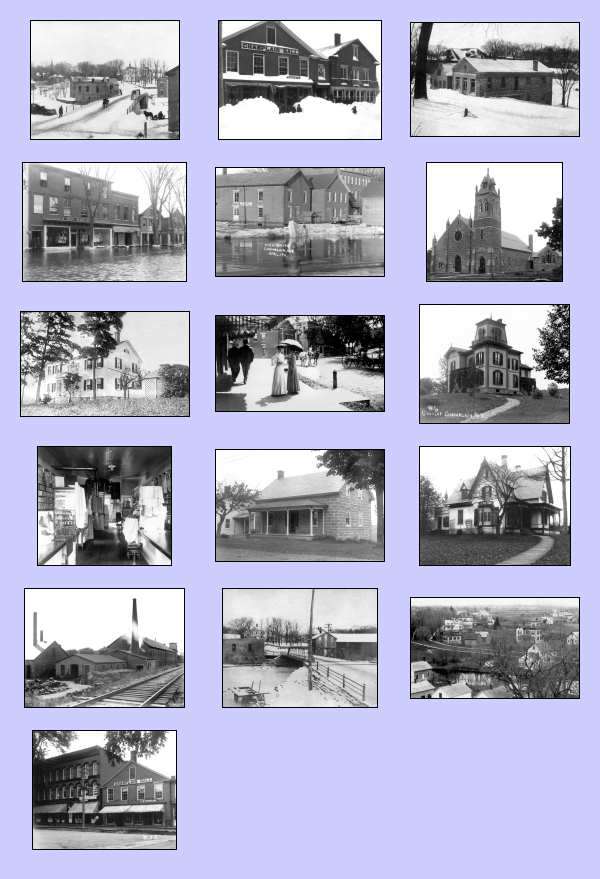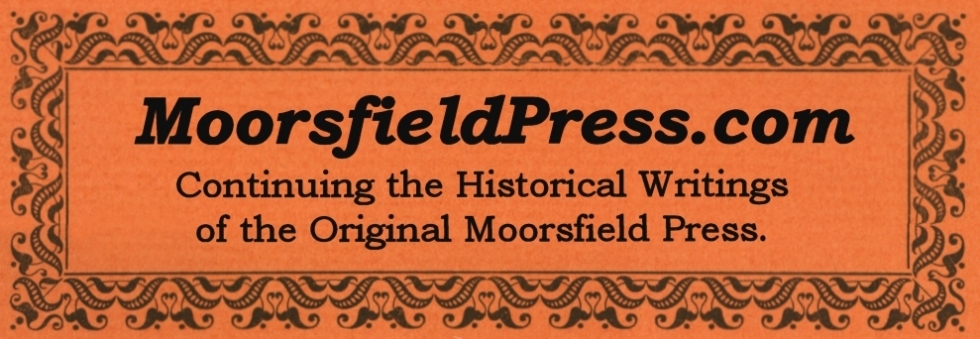2005 Champlain Historic Calendar
THE
AND ITS
RELATION TO THE BUILDING OF THE
TIMOTHY HOYLE HOUSE, SESSION HOUSE AND
OF CHAMPLAIN
What
does the Kaufman house on
For 14 years after the
founding of Champlain in 1788, no church existed in the village. By 1802, with the help of traveling
missionaries, a strong religious sentiment had grown in Champlain and
some of
the residents decided to establish a church. On
July 13, 1802, the Congregational Church and Society
was formally
organized with the support of Pliny Moore, William Savage, Martha
Savage, David
Savage, Ebenezer Dunning, Robert Martin, Sarah Martin, Sarah Hamilton,
Jonathan
Darrow and Samuel Hicks.
By 1806, the church had
grown to 14 members and services were usually held at one of the
member’s
houses. Pliny Moore’s house on the
corner of Oak and Elm Streets (today the site of the Clark Funeral
Home) was
often used as a place of worship. Other
ceremonies were held on the island in the
In 1822, Pliny Moore
died and left one acre of land to the First Congregational Church and
Society
for the purpose of building a meeting house and other buildings. He also gave the society $1,000 to aid in its
construction. Pliny wrote that he wanted
the church to be built on the hill where the American’s East Artillery
Battery
had been located during the War of 1812. Today,
this location is at the corner of Pine and Spruce
Streets
overlooking St. Mary’s Church.
In 1829, seven years
after Pliny's will was executed, the church trustees decided to build
their church. The one acre plot of land
that Pliny gave the
church was exchanged for land on the corner of Oak (formerly
In a 1902 speech by
Charles Freeman Nye on the subject of Champlain’s churches, he
described the
new location:
There
seems to be some doubt whether the lot on which the church was built
was the
one indicated by the Judge in his will. Be
this as it may, the lot chosen was that on which stands
the home of
the late Timothy Hoyle, Esq., now owned and occupied by Mr. White.
The
church was built of brick, and the sacred quiet of the place was not
disturbed
by railway rumblings or whistles. Even
with the present nearness of the railway tracks and the consequent
noise at
certain times, it is a matter for regret that the church does not now
stand on
the old lot on the hill.
The new Presbyterian
Church (as it was now called) stood for 14 years and had three
pastors. During the pastorate of Abraham Brinkerhoff
on June 17, 1844, an arsonist burned down the church.
:
:
:
[and
this continues for
several more pages and describes the burning of the church, the
building of the Timothy Hoyle house, the Session House (current Knights
of Columbus Hall in Champlain) and the newer Presbyterian Church (later
the Village Hall starting in the mid-1920s). Another 16 or so
pictures are
displayed in this
essay].

Images courtesy Special Collections Library, Plattsburgh State University College or the author.

